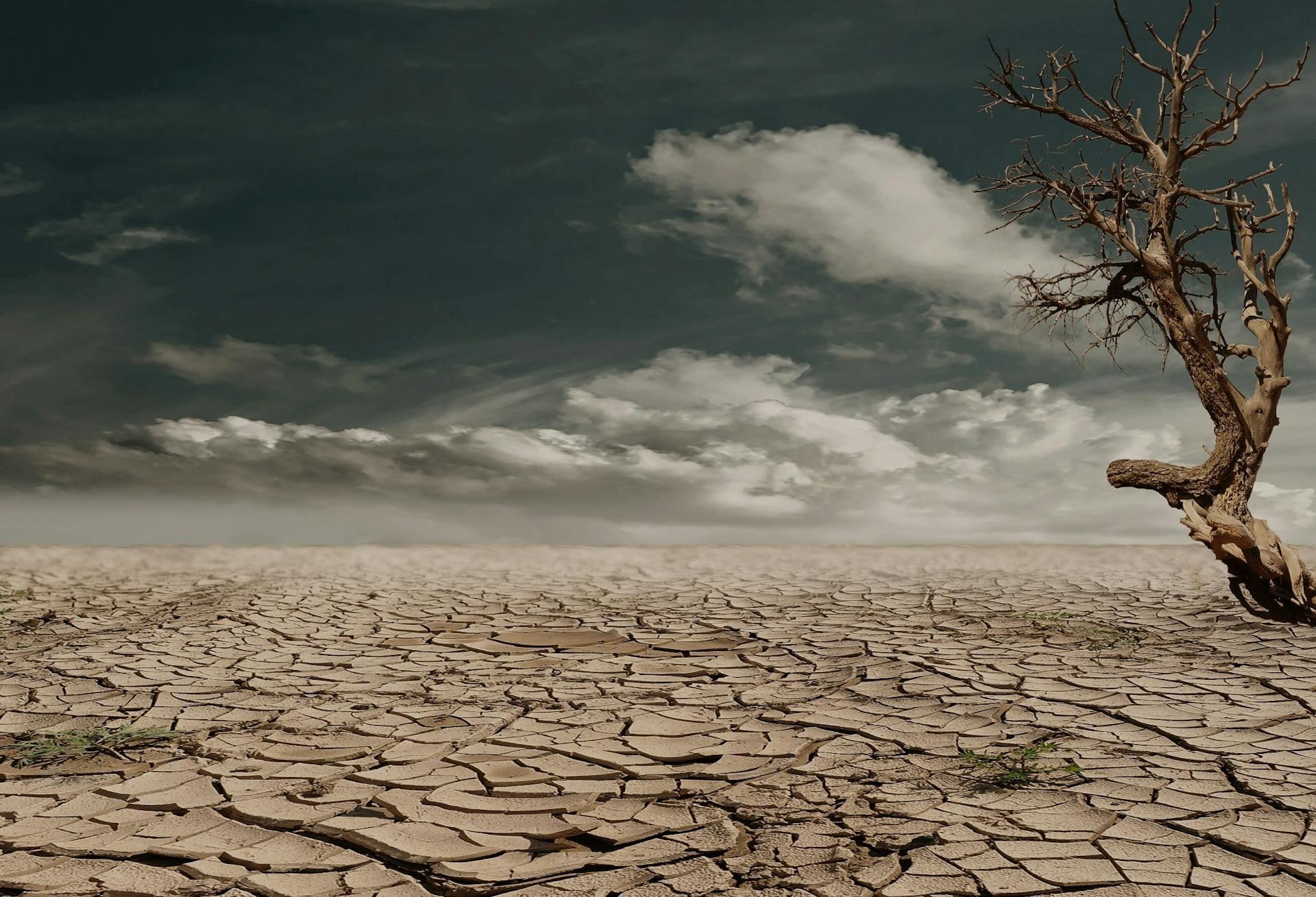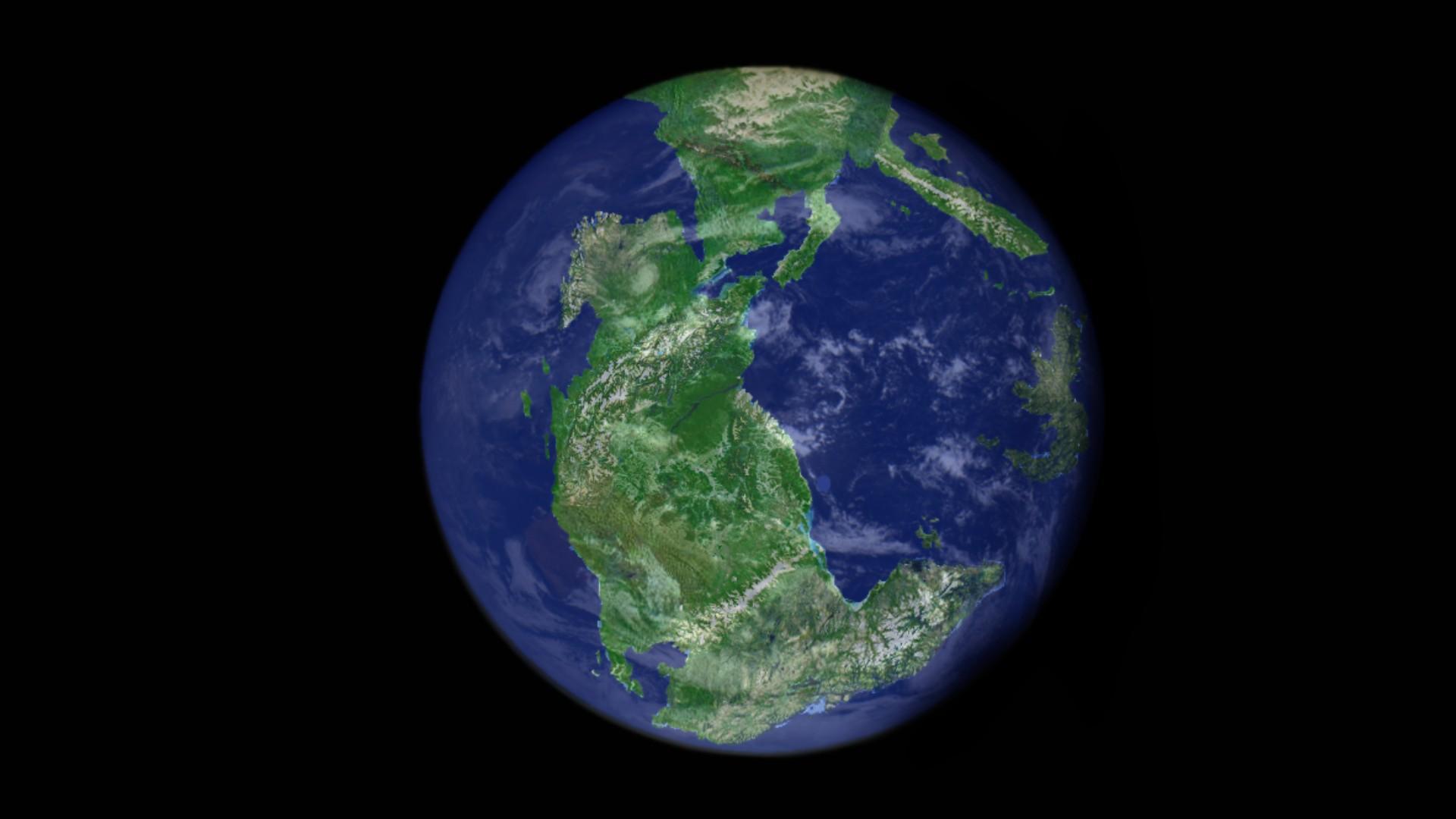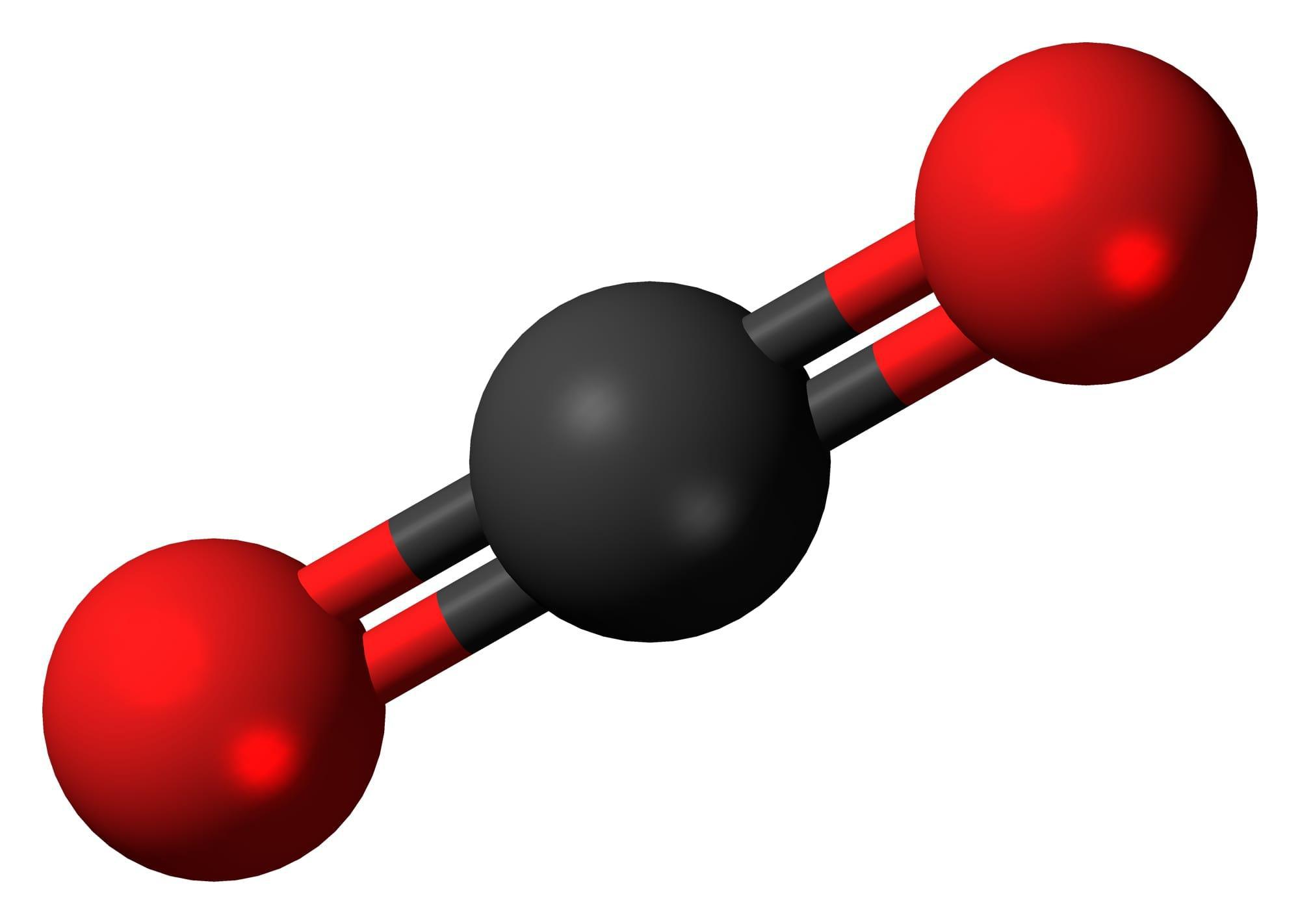Scientists Predict the World Will End in a “Triple Whammy” Event
The apocalypse will come… but not because of zombies, alien invasion, or meteors crashing onto Earth. The reasons for the world’s end are all happening inside the plant.
Scientists, running a doomsday scenario using a supercomputer, published their future predictions in a science journal. And it’s entirely believable. So, what does the apocalypse look like?
Triple Whammy Event
Life on Earth will end, according to scientists, due to a combination of failing food supply, rising sea levels, and the planet becoming too heated to live on. All this will wipe out most mammals, including humans.

Source: Bernard Hermant/Unsplash
But before you point your finger to “climate change” being the reason for said triple whammy event, there’s another cause proposed by the supercomputer that made this prediction.
An Uninhabitable Supercontinent
This apocalyptic scenario will be caused by all the planet’s continents crashing into each other. They will end up forming one giant landmass… hot, dry, and uninhabitable.

Source: Pixabay/Pexels
The predicted scenario will, thankfully, occur 250 million years from now. But it’s frightening enough to imagine ourselves living in an unlivable supercontinent.
It’s Going to Be the Sun’s Fault
What causes the Earth to be unlivable? Well, it’s the sun. The sun is predicted to be brighter than now, warming the planet even more.

Source: Alex Braga/Unsplash
The formation of the supercontinent will lead to more frequent volcanic eruptions, which will release lethal amounts of carbon dioxide (CO2) into the air. In short, the air will be too polluted to breathe. And this will bring the Earth’s temperature to between 40 and 50 degrees Celsius (104 to 122 Fahrenheit).
Scientific Backing
This is no mere screenplay for a futuristic sci-fi movie. The international team of scientists used a number of methods to back up their research. They applied climate models to simulate temperature, wind, rain, and humidity trends for the supercontinent.

Source: Tranmautritam/Pexels
And to predict the level of CO2 in the future, the team used models of tectonic plate movement, as well as ocean chemistry and biology, to map out gas inputs and outputs.
Continentality at Play
If a supercontinent forms, continentality is a factor influencing the climate, depending on how far the land areas are from the sea.

Source: cottonbro studio/Pexels
The result is more likely to be “a mostly hostile environment devoid of food and water sources for mammals.” Lead author Dr. Alexander Farnsworth from the University of Bristol stated, ”Humans – along with many other species – would expire due to their inability to shed this heat through sweat, cooling their bodies.”
The ”Pangea Ultima”
Based on the climate models, a supercontinent will form, called the Pangea Ultima. It’s named in honor of the planet’s first supercontinent that formed nearly 300 million years ago. But of the new supercontinent, only somewhere between 8% and 16% will be livable for mammals.

Source: Falconaumanni/Wikimedia Commons
Farnsworth repeated, “The newly emerged supercontinent would effectively create a triple whammy, comprising the continentality effect, hotter sun, and more CO2 in the atmosphere, of increasing heat for much of the planet.”
A Bleak Future
He rightly described the outlook in the distant future to be “very bleak.” And that’s just from double the amount of carbon dioxide levels compared to now.

Source: Juli Kosolapova/Unsplash
“With the sun also anticipated to emit about 2.5% more radiation and the supercontinent being located primarily in the hot, humid tropics, much of the planet could be facing temperatures of between 40 to 70 C,” Farnsworth continued.
Much Ado About CO2
There’s much emphasis on the rising levels of CO2 in this future prediction. But the concern is justified: since the 18th century, human activities have raised CO2 levels by 50%. These activities include mining, wildfires, and burning fossil fuels, as well as natural events like volcanic eruptions.

Source: Jynto/Wikimedia Commons
CO2 is necessary to maintain the average global surface temperature from freezing. But when more CO2 is released to the atmosphere, the natural greenhouse effect gets supercharged. Thus, global temperature also rises.
It Can Happen Faster
One of the researchers, Professor Benjamin Mills from the University of Leeds, warned of the future happening a lot faster if humans don’t stop environmentally unsafe practices.

Source: Chris LeBoutillier/Unsplash
“We think CO2 could rise from around 400 parts per million (ppm) today to more than 600 ppm many millions of years in the future. Of course, this assumes that humans will stop burning fossil fuels, otherwise we will see those numbers much, much sooner,” he said.
Concentrate on Current Climate Crisis
University of Bristol’s Dr Eunice Lo, another co-author, agreed with her colleague. But she also warned to “not lose sight of our current climate crisis,” which she blamed on the “result of human emissions of greenhouse gases.”

Source: Markus Spiske/Unsplash
“While we are predicting an uninhabitable planet in 250 million years, today we are already experiencing extreme heat that is detrimental to human health. This is why it is crucial to reach net-zero emissions as soon as possible,” she said.
Nothing to Stop the Event
According to the study, there’s nothing to stop the extinction event. Not even if humans stopped using fossil fuels right now.

Source: Brian Wangenheim/Unsplash
With this in mind, it becomes a lot harder to disregard sci-fi movies like Wall-E and 2012 as mere fiction. They remind us that how humans live today will determine how the planet survives (or not) in the future.
